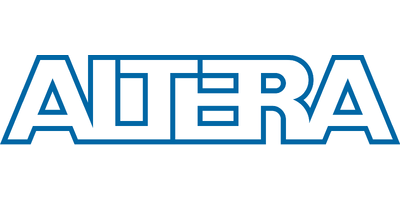MBRS130LT3
SCHOTTKY BARRIER RECTIFIER
Schottky Power Rectifier
Surface Mount Power Package
Employs the Schottky Barrier principle in a large area
metal-to-silicon power diode. State-of-the-art geometry
features epitaxial construction with oxide passivation
and metal overlay contact. Ideally suited for low voltage,
high frequency rectification, or as free wheeling and
polarity protection diodes, in surface mount applications
where compact size and weight are critical to the
system.
FEATURES :
* Very Low Forward Voltage Drop
(0.395 Volts Max @ 1.0A, T
J
= 25
°
C)
* Small Compact Surface Mountable Package
* Highly Stable Oxide Passivated Junction
* Guardring for Stress Protection
MECHANICAL DATA :
* Case : SMB Molded plastic
* Epoxy : UL94V-O rate flame retardant
* Lead : Lead Formed for Surface Mount
* Polarity : Color band denotes cathode end
* Mounting position : Any
* Weight : 0.1079 gram
MAXIMUM RATINGS AND ELECTRICAL CHARACTERISTICS
Rating at 25
°
C ambient temperature unless otherwise specified.
Single phase, half wave, 60 Hz, resistive or inductive load.
For capacitive load, derate current by 20%.
SYMBOL VALUE UNIT
Maximum Repetitive Reverse Voltage VRRM 30 V
Maximum Working Peak Reverse Voltage VRWM 30 V
Maximum DC Blocking Voltage VDC 30 V
Maximum Average Forward Rectified Current (TL = 120°C) 1.0
(TL = 110°C) 2.0
Maximum Non-repetitive Peak Surge Current
(Surge applied at rated load conditions half wave, single phase)
Maximum Instantaneous Forward Voltage (Note 1)
(IF = 1.0 A, TJ = 25°C)
(IF = 2.0 A, TJ = 25°C) 0.445
Maximum Instantaneous Reverse Current (Note1) TJ = 25°C1.0 mA
TJ = 100°C10 mA
Thermal Resistance - Junction to Lead (TL = 25°C) RθJL 12 °C/W
Operating Junction Temperature TJ - 65 to +125 °C
Notes : (1) Pulse Test : Pulse Width = 300µs Duty Cycle ≤ 2%
Page 1 of 2 Rev. 02 : March 25, 2005
IR
0.395 VVF
RATING
AIF(AV)
A40IFSM
0.22
±
0.07
2.0
±
0.1
5.4 ±0.15
2.3
±
0.2
4.8 ±0.15
3.6
±
0.15
SMB (DO-214AA)
1.1
±
0.3
Dimensions in millimeter
* Pb / RoHS Free
RATING AND CHARACTERISTIC CURVES ( MBRS130LT3 )
FIG.1 - CURRENT DERATING (CASE) FIG.2 - TYPICAL POWER DISSIPATION
50 60 70 80 90 100 110 120 130 012345678
CASE TEMPERATURE, ( °C) AVERAGE FORWARD CURRENT, (A)
FIG.3 - TYPICAL FORWARD VOLTAGE
FIG.4 - TYPICAL REVERSE LEAKAGE CURRENT
0
3
6
9
12
15
18
21
24
27
30
00.1 0.2 0.3 0.4 0.5 0.6 0.7 0.8
FIG. 5 TYPICAL CAPACITANCE
0 4 8 12 16 20 24 28 32
Page 2 of 2 Rev. 02 : March 25, 2005
8
6
4
2
100
10
8
00
6
4
2
1.0
0.1
0.1
REVERSE VOLTAGE, (V)
AVERAGE POWER DISSIPATION
(WATTS)
AVERAGE FORWARD CURRENT,
(A)
INSTANTANEOUS FORWARD
CURRENT, (A)
REVERSE LEAKAGE CURRENT, (mA)
= 25°C
TJ = 100°C
10
RATED VOLTAGE APPLIED
RθJC = 12°C/W, TJ = 100°C
DC
SQUARE
WAVE
0.2
0.5
2.0
5.0
1.0
0.0
1
0.001
INSTANTANEOUS VOLTAGE, (V)
0
50
250
150
200
100
300
350
400
REVERSE VOLTAGE, (V)
CAPACITANCE , (pF)
TJ = 100°CSQUARE
WAVE
DC
20 10 5π
IPK
IAV =
NOTE :TYPICAL CAPACITANCE
AT 0 V = 290 pF
1000
TJ = 100°C
= 25°C



